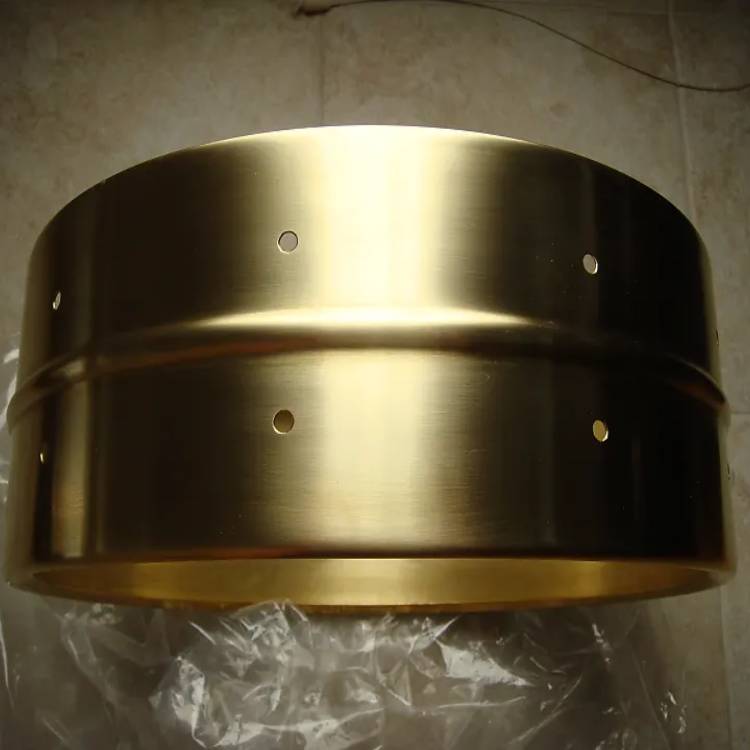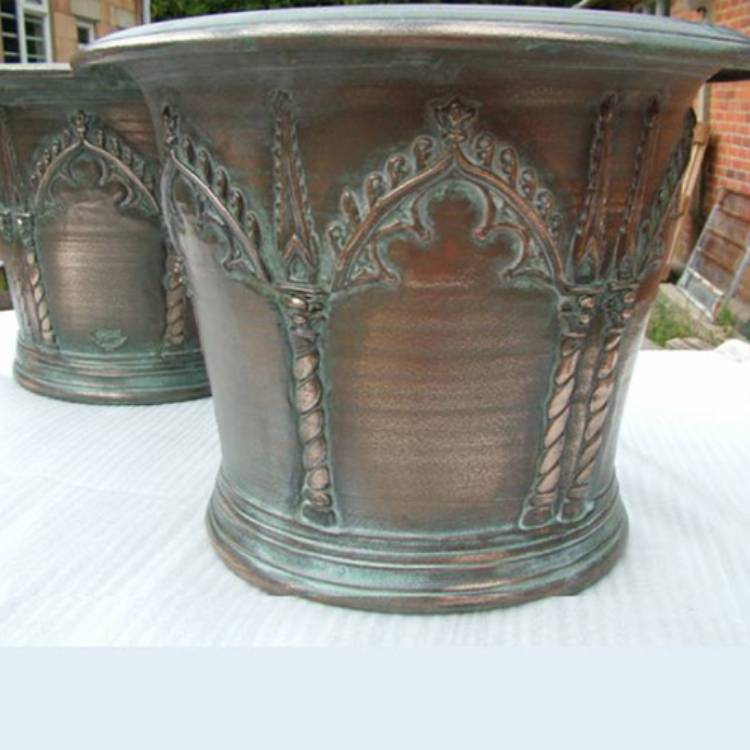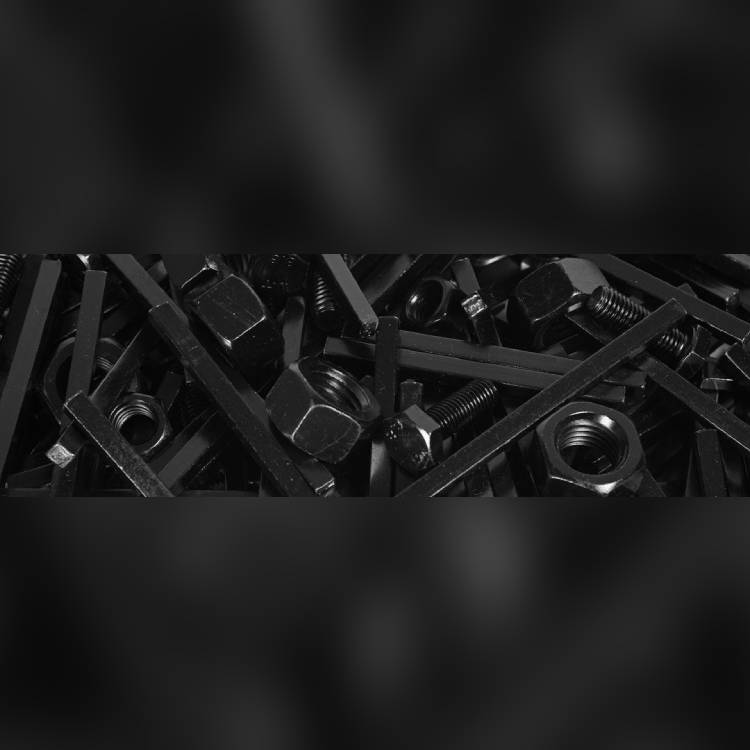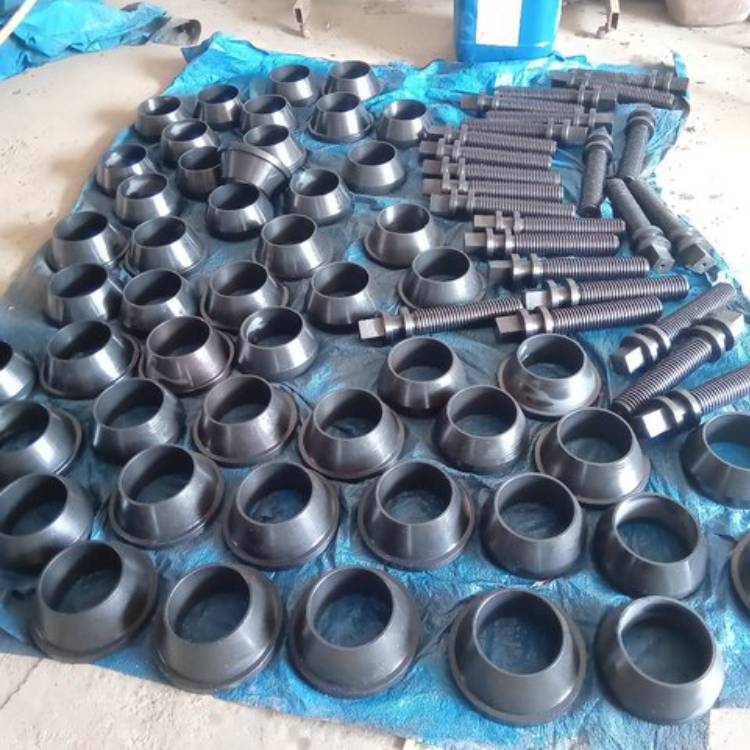Metal Colouring
Metal Colouring
Metal Colouring
Metal coloring is the usage of chemical solutions to impart different colors onto the metal surface. Metal coloring is a complex process and transferring of colors onto metal surfaces depends on the types of metals, therefore different processes are involved like anodizing the metal, patination, etc. There are various Metal colouring chemical solutions, each with different chemical constituents as metals react differently to different chemicals, like, Tin chemicals, Nickel chemicals, etc. Metal coloring is done to give a different look to metal objects like a vintage touch or golden patina or provide renewed luster to old metal objects of importance.








